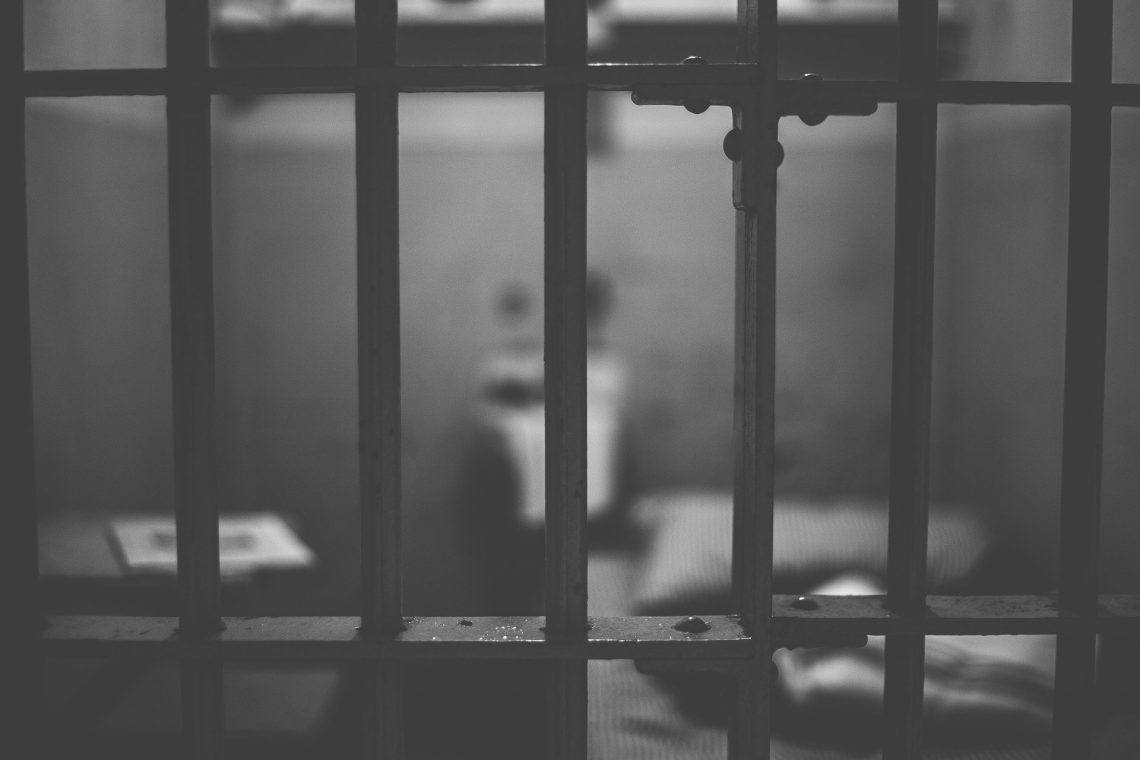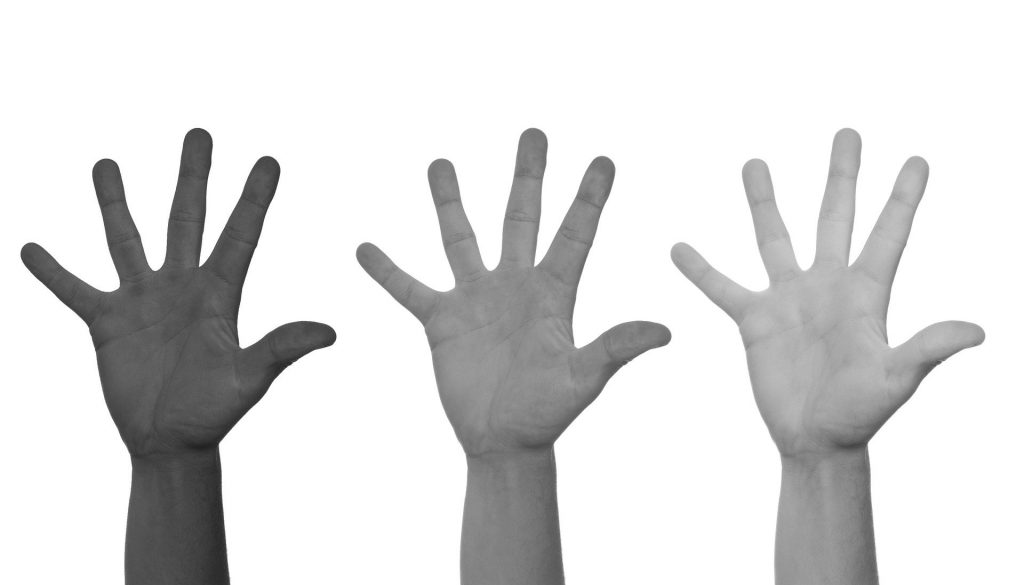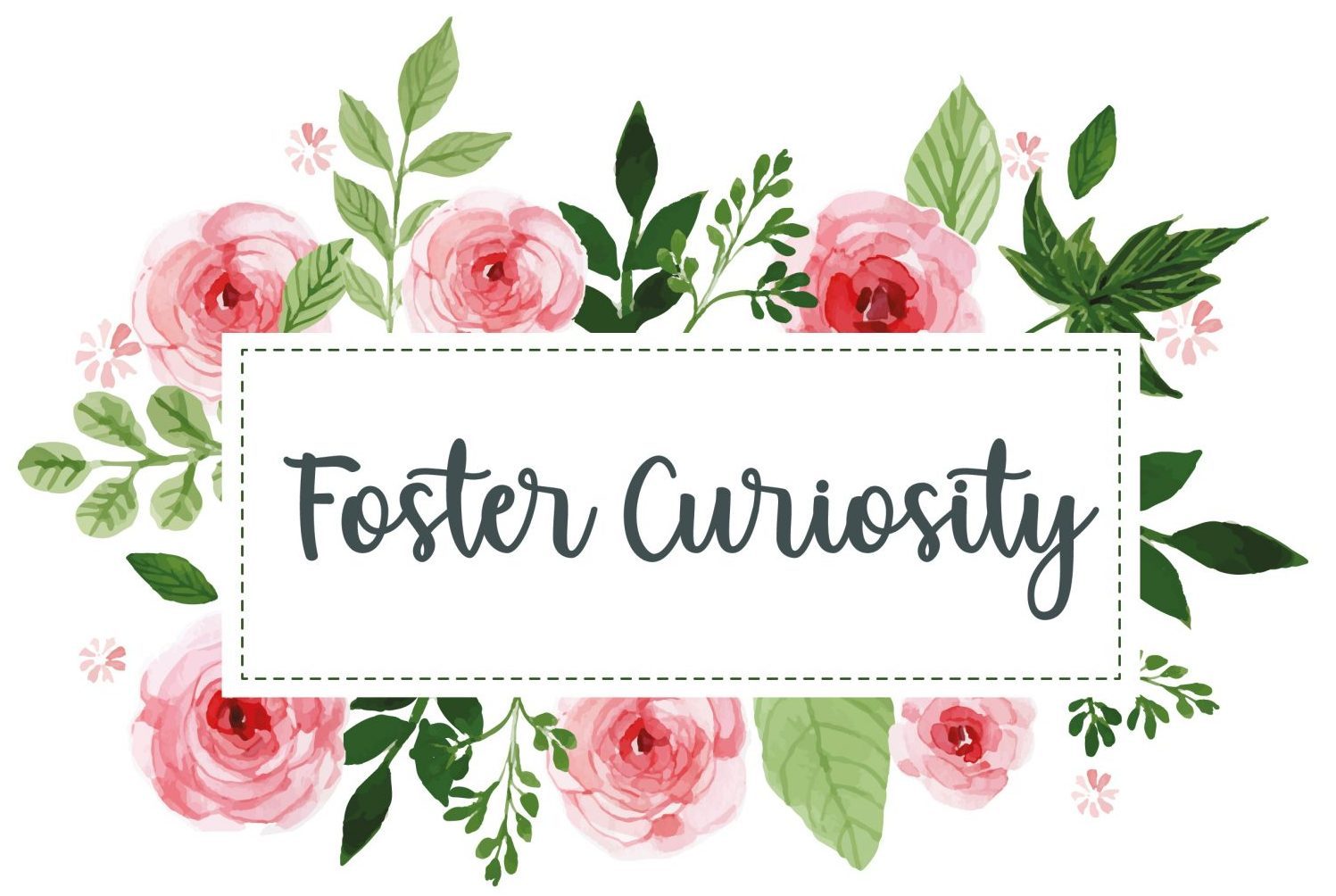
13th: A Closer Look into Racism in America Part I
Mass incarceration is a huge problem in the United States. Out of the world’s prisoners’ population, one out of five of those prisoners is in the United States. The only country that comes close to the U.S. is China.
The number of incarcerated people in the United States has spiked in the past few decades, but the reason behind the boom is much deeper than being “tough on crime.” When talking about mass incarceration and how it started, we have to go back and talk about its history.
The 13th Amendment
Congress passed the 13th Amendment on January 31, 1865. The amendment stated that on December 6, 1865, slavery would be abolished. Here is how the 13th Amendment was worded:
Section 1: Neither slavery nor involuntary servitude, except as a punishment for crime whereof the party shall have been duly convicted, shall exist within the United States, or any place subject to their jurisdiction. Section 2: Congress shall have power to enforce this article by appropriate legislation.
The way that the amendment was worded was sneaky, but not that sneaky. It stated that slavery was illegal and that no one could be forced into involuntary work, except for “crime whereof the party shall have been duly convicted.”
That means that if someone was convicted of a crime, they could be forced to work. This was a huge loophole for people who still wanted slavery to be legal. What happened next? People of color started getting arrested at a high rate and forced into the prison system, where they were forced to work as if slavery had never ended.

The Birth of a Nation
The Birth of a Nation is a silent film made in 1915, and it depicts the history of the Civil War and the abolition of slavery from the Confederate point of view. The movie starts out romanticizing slavery and shows “slaves” as being happy to be slaves. Of course, the slaves that were cast in this film were white actors in black face.
After the Confederacy lost the war, the film shows Union soldiers trying to convince slaves to stop working, but the slaves act as if they don’t want to stop and enjoy the work. It tries to show southern black slaves as hating the Union as much as the confederate soldiers, and even the “dialogue” makes the black characters seem unintelligent.
Other parts of the movie show black characters as being uncivilized or inhumane. A man eating a chicken leg in the middle of a political assembly, or the man next to him without shoes on. A girl is chased by a black man who pursues her after she runs away, and she flings herself off of a cliff because she’s afraid of what he’ll do if he gets close enough.
Of course, the only way that girl can be avenged is if the Ku Klux Klan finds the man who terrorized her and drove her to suicide and kills him. The Klan is painted as heroes protecting the southern whites from the blacks. The language used about the Union characters makes the viewer think that they are the evil ones because they’re killing members of the KKK just for owning the costume.
At the climax of the film, the main character’s father is arrested for having the KKK costume in his possession, and the family members are desperately trying to find a way to save him. Former slaves and Union soldiers are referred to as “mockers,” while the family members and other KKK members are called “loyalists.”
Another scene shows a black Union soldier proposing to a woman, and when she says no, he gets aggressive. His facial expressions make him seem barbaric, and he looks like a predator. He attempts to force her into marriage, but the KKK comes to the rescue.
I spent so much time talking about this film because this film was made after slaves were freed, and it depicted the black man as evil, animal-like, and savage. This added fear into the mix, making it easier for people to continue with the same racist behaviors as they had before. The film was so popular during its time that critics raved about it. It was taken as historically accurate.
If you are interested in watching the whole film, I would recommend raising the speed because it is prolonged and slow. There isn’t any spoken dialogue because the only dialogue is typed on the screen.
KKK
The Ku Klux Klan was founded in 1865 and spread to almost every southern state by 1870. It was formed in resistance to the abolition of slavery and reconstruction policies. The costume’s purpose was to intimidate, and they were known for their violence against black people.
The KKK members believed in white supremacy and restoring the hierarchy of power between races. They were joined with other white supremacy groups like the White Brotherhood and the Knights of the White Camelia to regain control of the south. Black politicians and symbols of black freedom (churches and schools) were major targets of the groups.
Even though the KKK members had a common goal, members often acted alone at night without consulting the leaders. At its peak, the Ku Klux Klan numbers exceeded 4 million. The film, The Birth of a Nation was accredited to reviving the KKK.
While the original Klan was focused on suppressing blacks and regaining control, the revived Klan in the 1920s was also a religious group that started adding other minority groups to their “hate” list: Jews, Italians, the Irish.

Super-predators
The term “super-predators” is defined on Urban Dictionary as “dangerous youth in which rehabilitation seemed improbable.” The term is considered racist because it was almost always used to describe someone who was African American.
In the early 1990s, politicians started running on being “tough on crime” and tried to make the American people feel like they would be safer with more people in jail. The “people” that the politicians were referring to were mostly African American men. The term “super-predators” was used to scare everyone into thinking that they were evil and that they would never be capable of change. Sadly, it seems as though the scare tactics worked.
The theory of “super-predators” was used to convict young criminals to life in prison without parole–all while only looking at one isolated event. There was so much that wasn’t taken into account when sentencing these young people, and the theory has been disproved since.
Many young men were put in jail because of a crime they committed, and the crime was committed because of where they grew up or how they were raised. Courts didn’t look at trauma or abuse as playing a part in the “why.” Instead, the courts focused on the defendant being a “super-predator” and didn’t think twice about the sentence.
Central Park Five
A story that has come back into the spotlight through a documentary on Netflix is the Central Park Five. In 1989, a woman was jogging through Central Park when she was beaten, raped, and in a coma for 12 days. A group of teenagers was arrested and convicted of the horrific crime, but they did not commit it.
Five boys, aged 14 to 16, were arrested and interrogated for several hours before giving taped confessions stating that they took part in the crime. They were sentenced to six to thirteen years in prison. One thing that all of the boys have in common: they are people of color.
Aside from the taped confessions, no evidence tied any of the five boys to the crime scene. A series on Netflix called “When They See Us” is based on the events of this tragic event.
Learn More
I decided to split this post in half because it was getting long. To continue reading, I will be posting part 2 of this at a later date. Until then, here are some links to read more on the topics covered in part 1: more on the Central Park Five, Birth of a Nation, more on the KKK, and the 13th documentary. It’s so important to learn about history. In this case, it really isn’t something I can say “happy learning” at the end of because it’s not something to be happy about.





